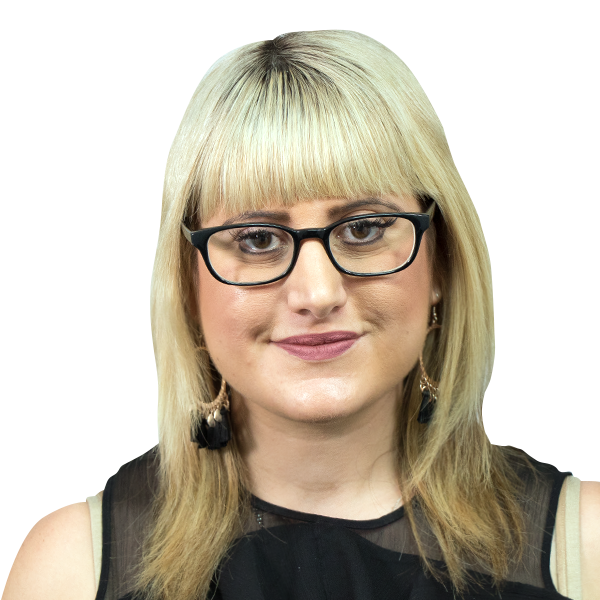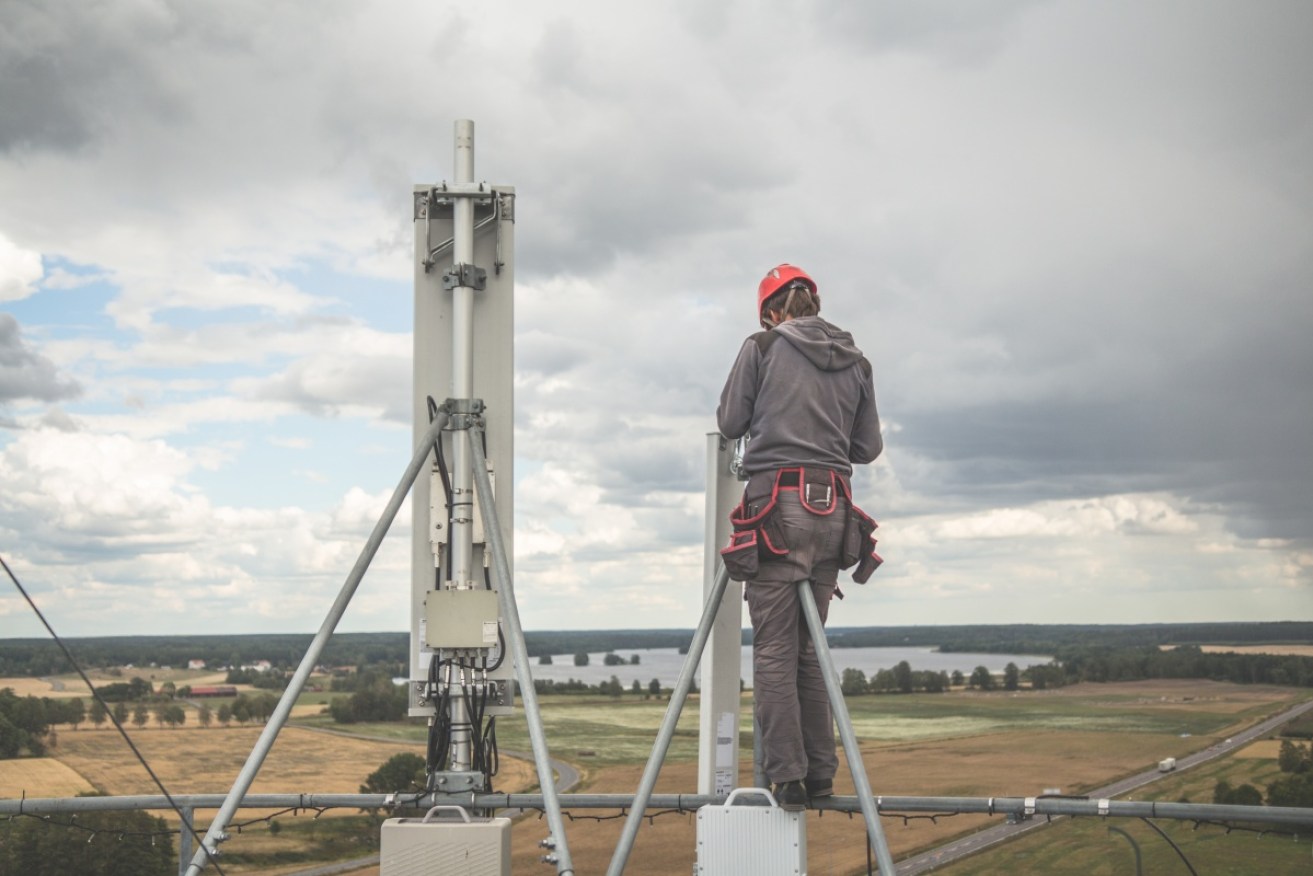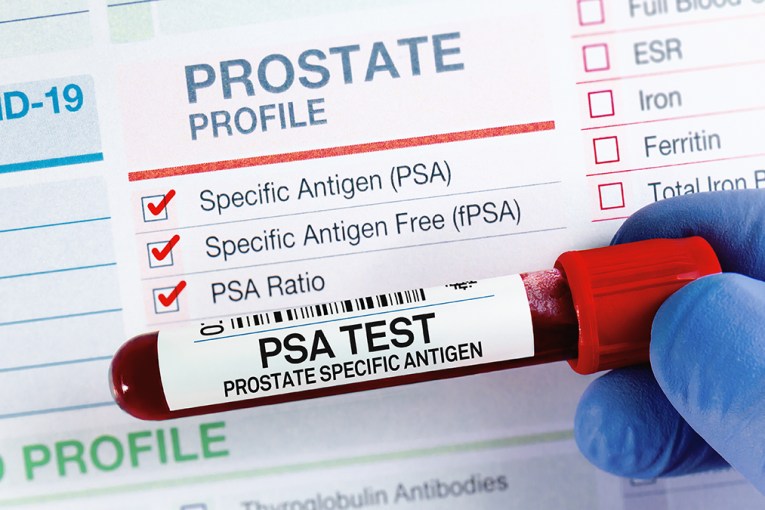Telstra installs mobile phone base station at Australia’s ‘most remote’ blackspot area


Experts are calling for more regulation on advertised speeds. Photo: Getty
More than 300 residents in a remote town of the Torres Strait Islands are now benefitting from mobile phone coverage for the first time.
Telstra announced on Thursday it had activated its 450th mobile base station at Erub, also known as Darnley Island, which it has called Australia’s “most remote” blackspot area, under the federal government’s Mobile Black Spot Program.
After several years of campaigning, phone users in the remote community will now be able to make calls and download data.
Torres Strait Island Regional Council Erub Councillor Patrick Thaiday told The New Daily he welcomed the long-awaited mobile phone coverage improvements.
“We still haven’t received the official confirmation from Telstra, but it’s definitely something our community has wanted for a long time,” Cr Thaiday said.
He said residents in the township relied solely on landlines to connect with each other.
“If there’s an emergency and the lines are down due to bad weather it poses a safety risk – so mobile phone coverage is definitely essential for us.”

Erub (Darnley Island) has a population of 400. Photo: Google Maps
Telstra area manager Rachel Cliffe said the new base station would fix a notorious blackspot.
“This is an important moment for the Erub community, who can now make and receive mobile calls and access high-speed mobile broadband through Telstra’s 3G and 4GX services,” Ms Cliffe said.
“The remoteness of the site made delivering coverage to the community equally challenging and rewarding.”
Ms Cliffe said crews and equipment had to be either flown in or arrive by boat, while battling monsoonal rain.
“As well as being able to make calls and access fast wireless data, this project importantly opens up digital doors to education, health and business opportunities to benefit some of Australia’s most remote communities.”
Telstra could not tell The New Daily which areas in Australia were still facing blackspots, but promised the rollout was continuing at pace.

Regional Communications Minister Bridget McKenzie. Photo: Getty
Regional Communications Minister Bridget McKenzie said hundreds of communities were already seeing the benefits of improved mobile coverage, thanks to the program.
“The coalition government has invested heavily in the Mobile Black Spot Program to ensure that regional Australians have access to 21st century communication technology,” Ms McKenzie said.
She said the government had passed the halfway mark for rounds one and two of the rollout program, with round three commencing to target 125 priority-round blackspot locations across Australia.
In the past financial year, 52,300 Australians complained about mobile phone services to the Telecommunications Industry Ombudsman, with 25,604 of those complaints being connection issues.
A spokeswoman from the Department of Communications and the Arts said all base stations under the priority locations round were scheduled to be delivered by June 30, 2019.
“The rollout timing will be available on the mobile carriers’ websites shortly,” the spokeswoman said.
“As the rollout progresses, the schedules are regularly updated on carrier websites.”
The department revealed more than 10,800 locations were recorded on the government’s database of reported blackspot locations.
No new nominations had been added to the database since January 2016.
View the full list of 125 priority areas around Australia on the Mobile Black Spot Program.








